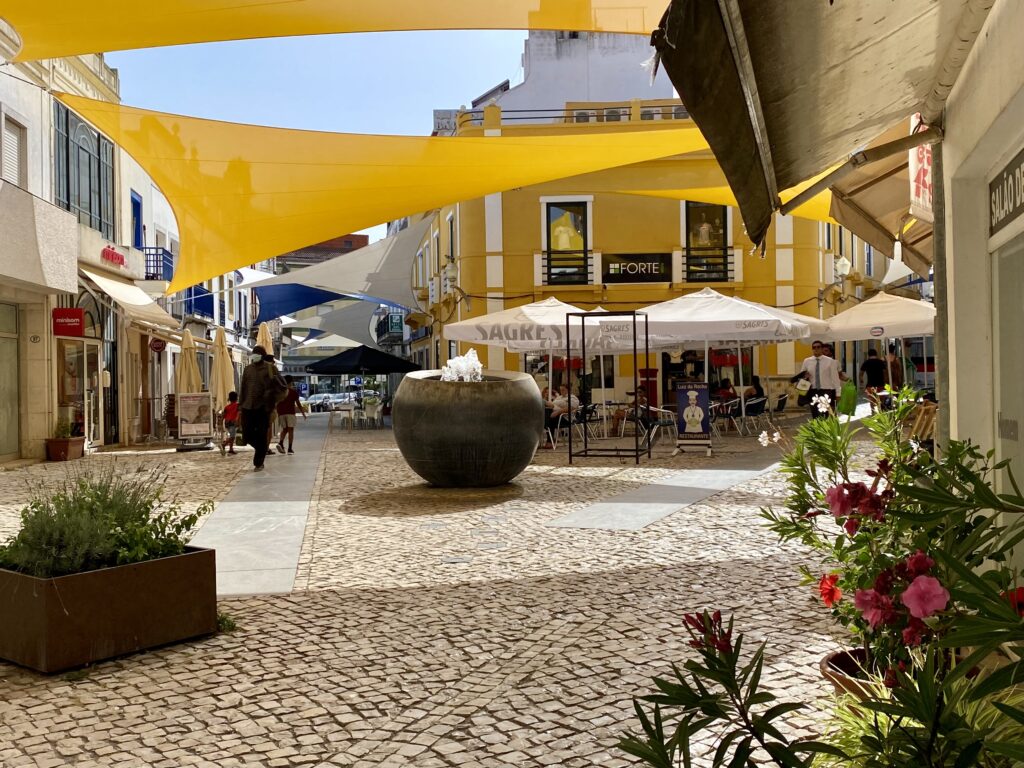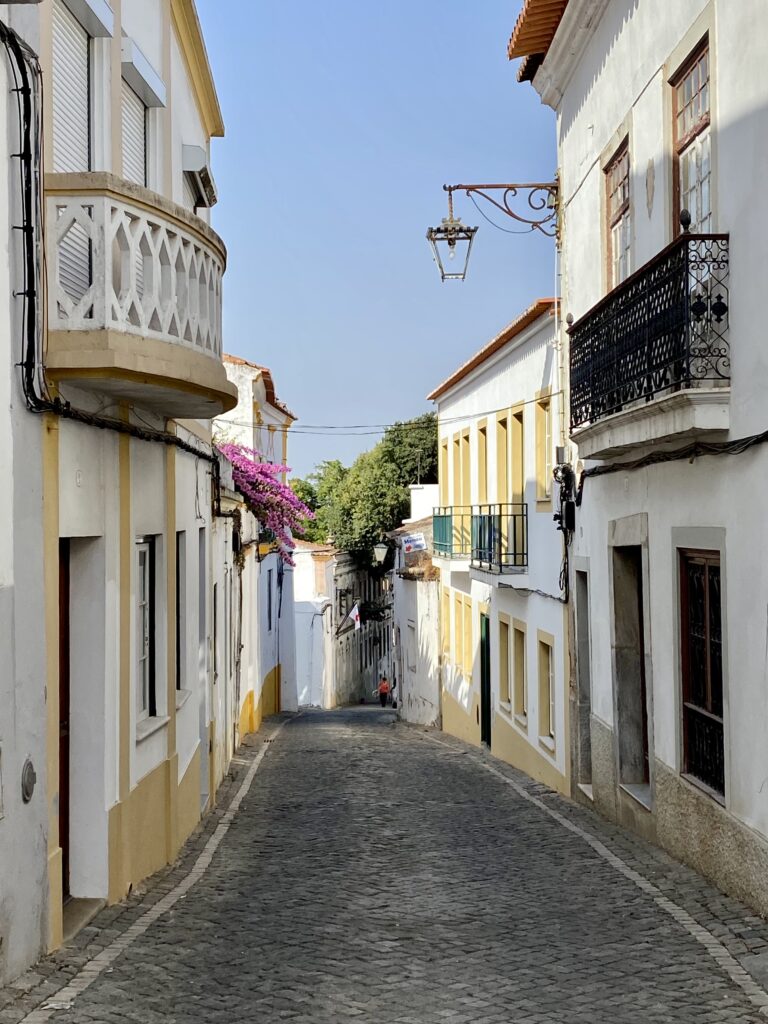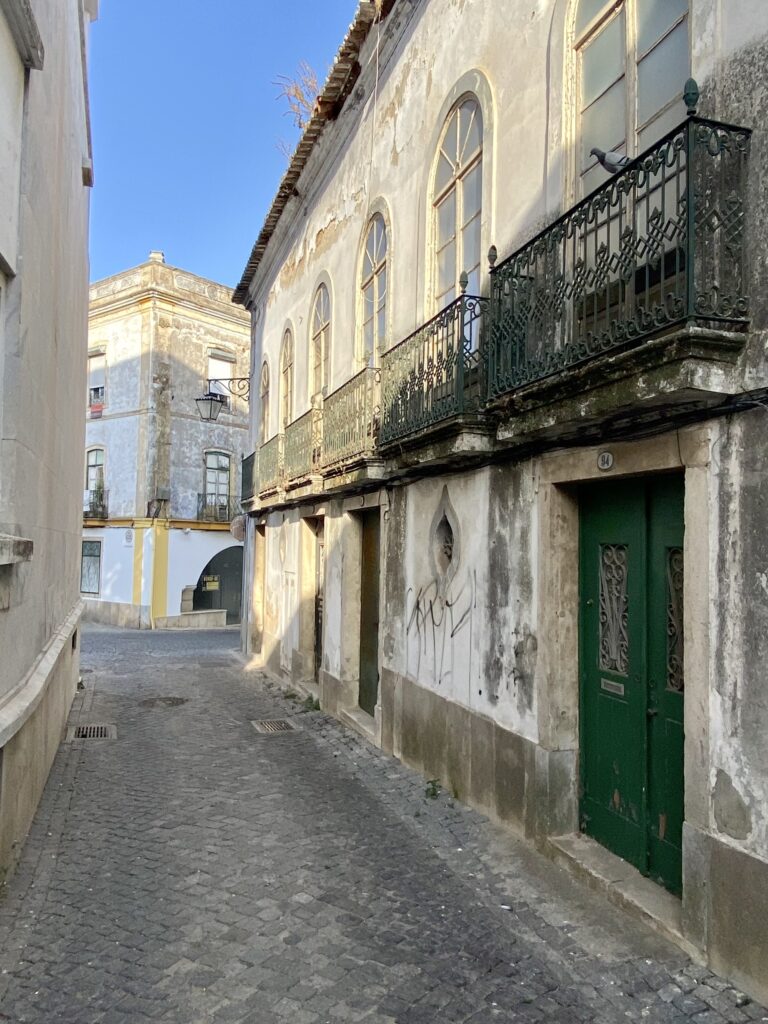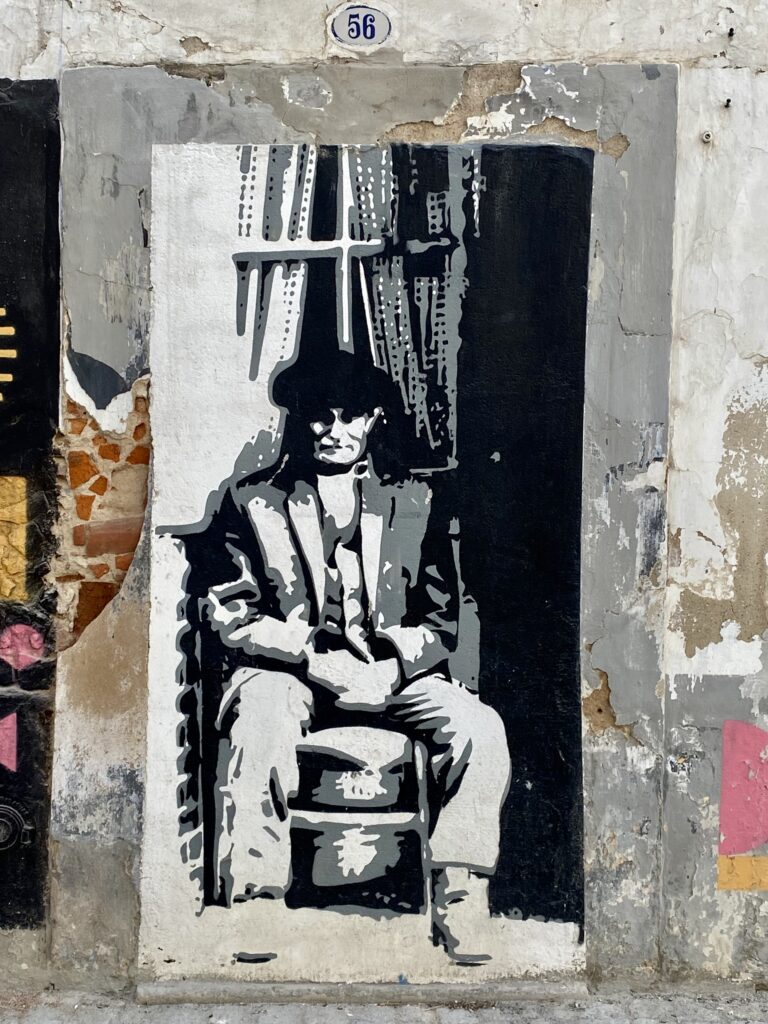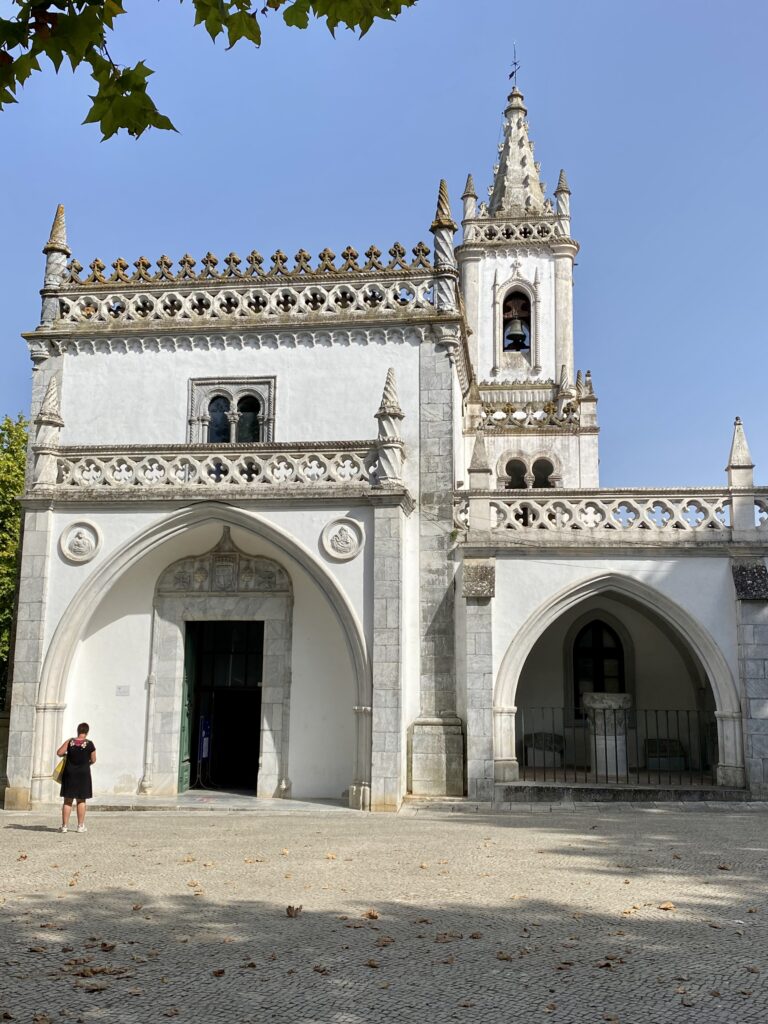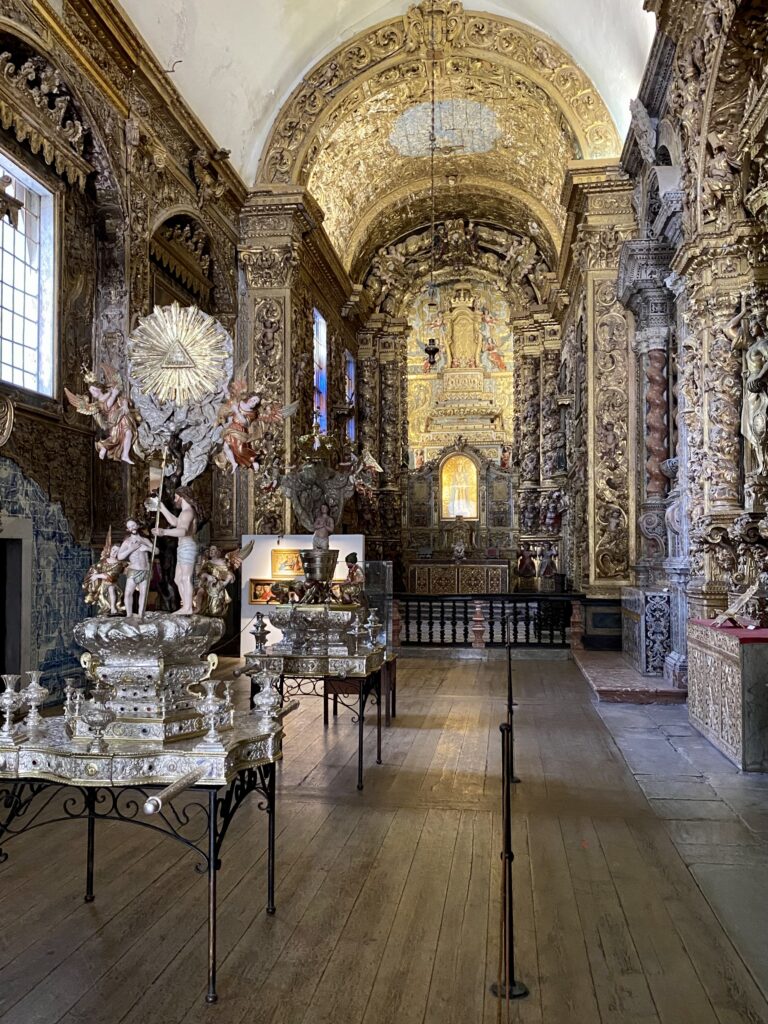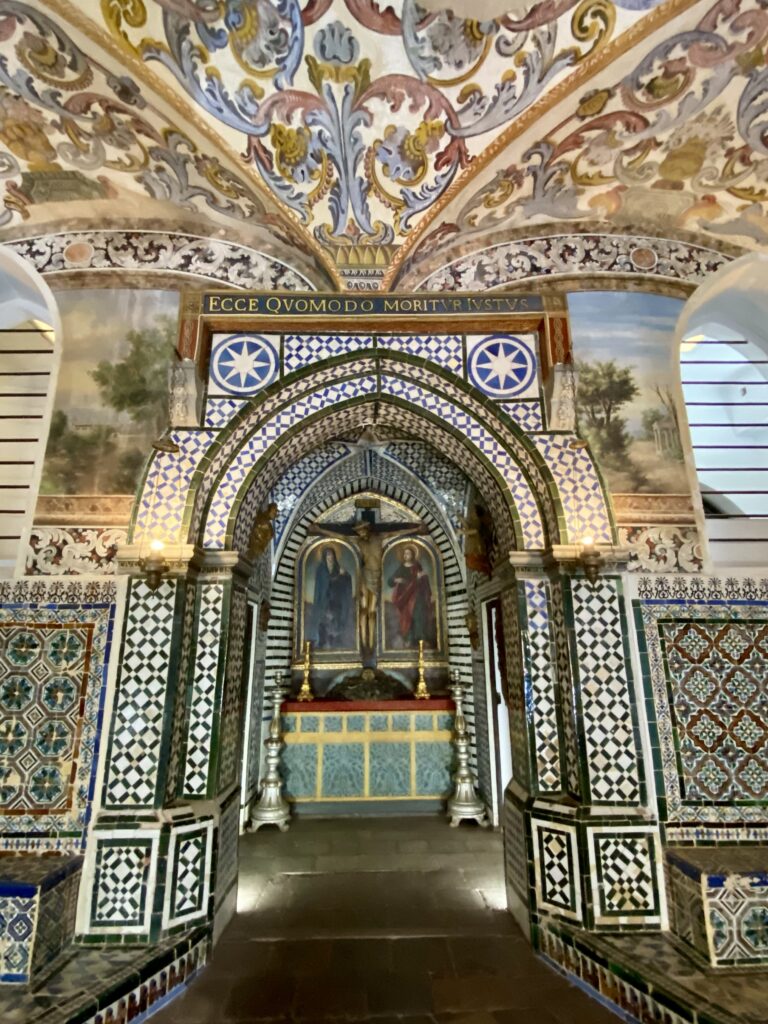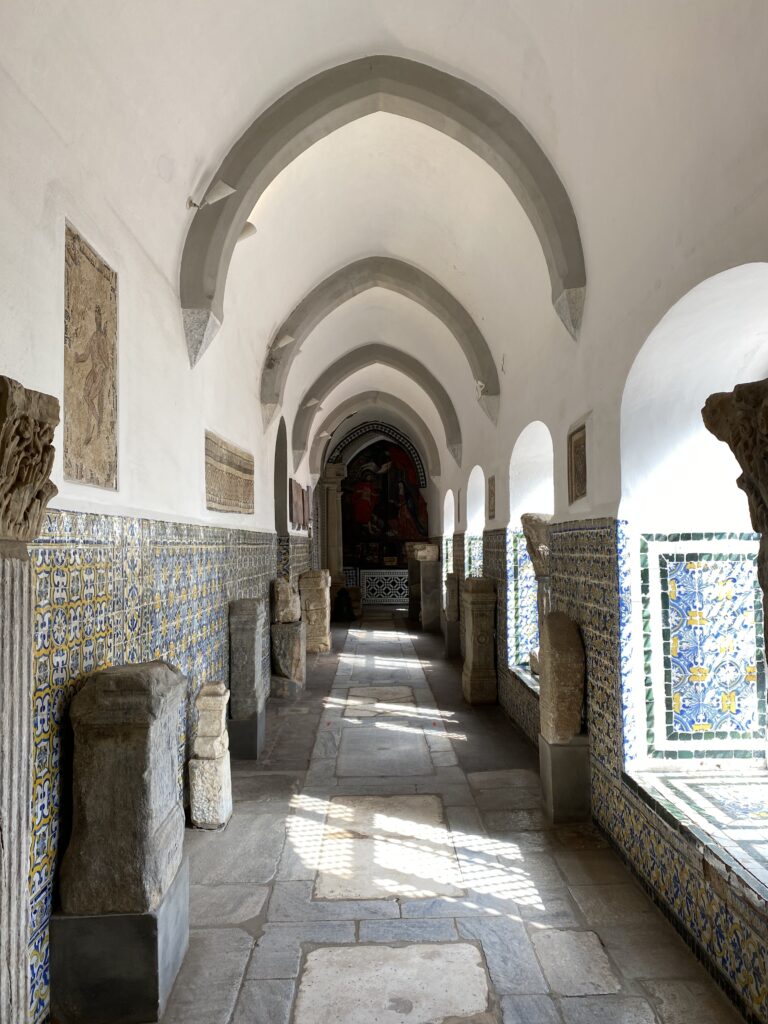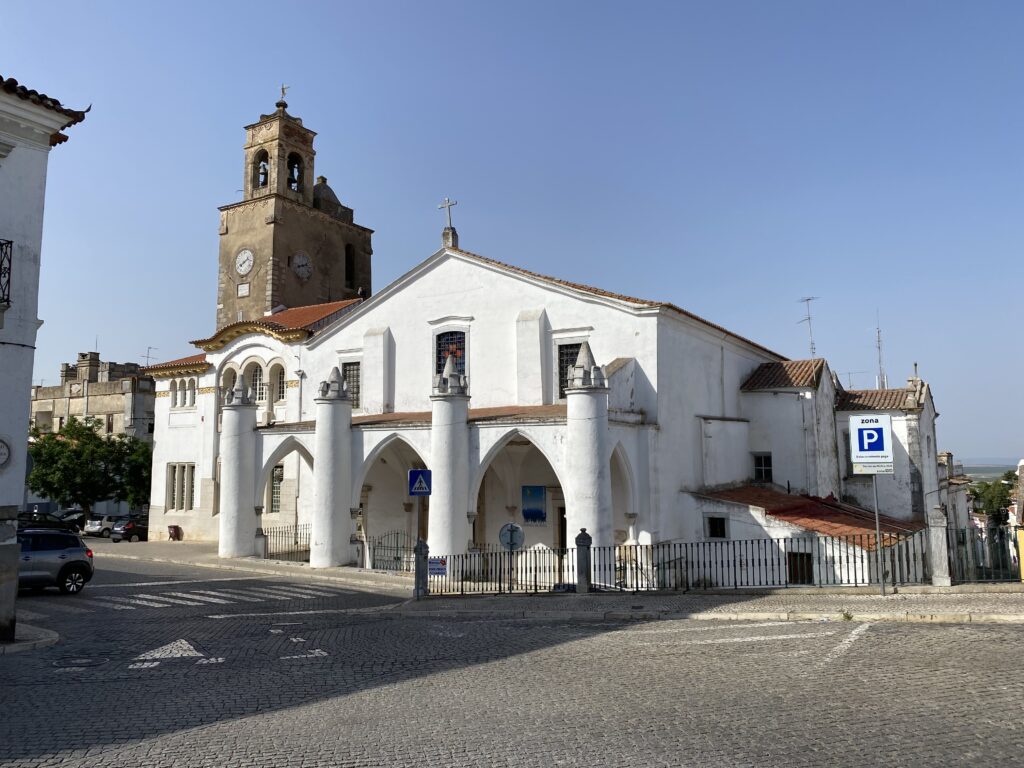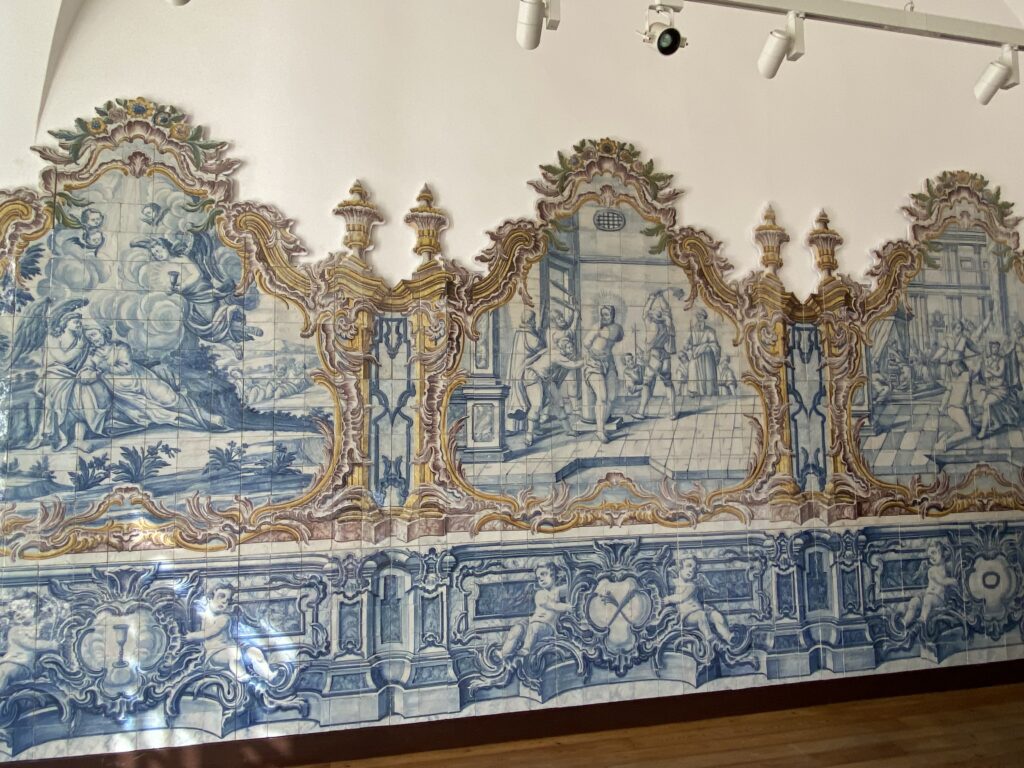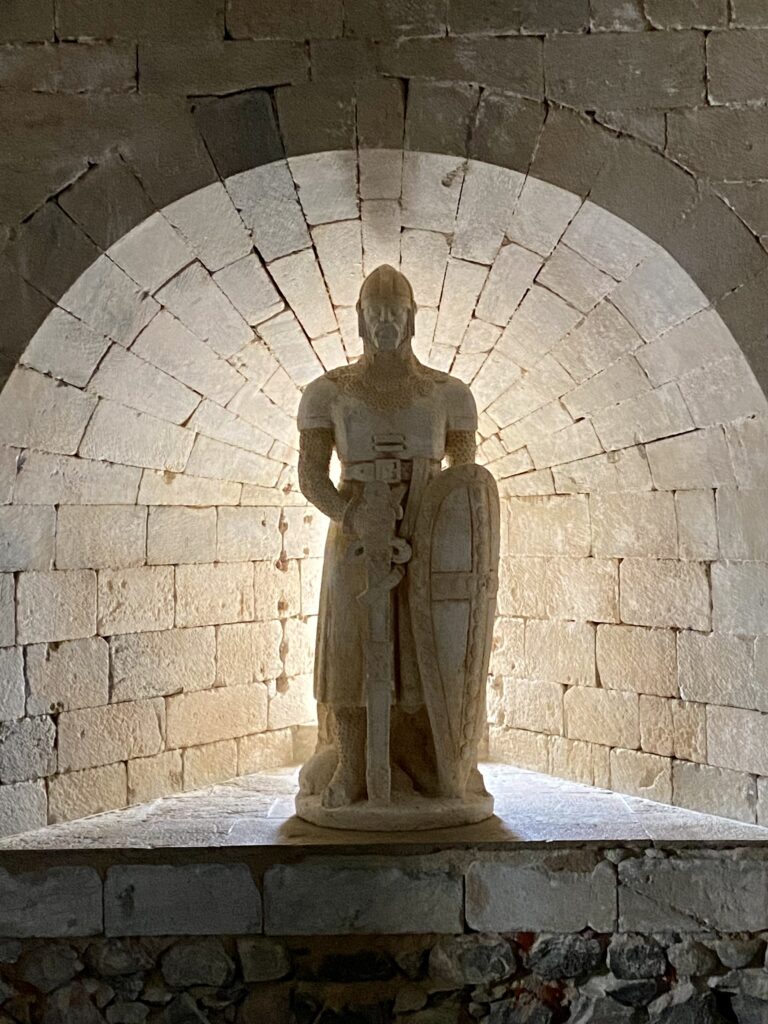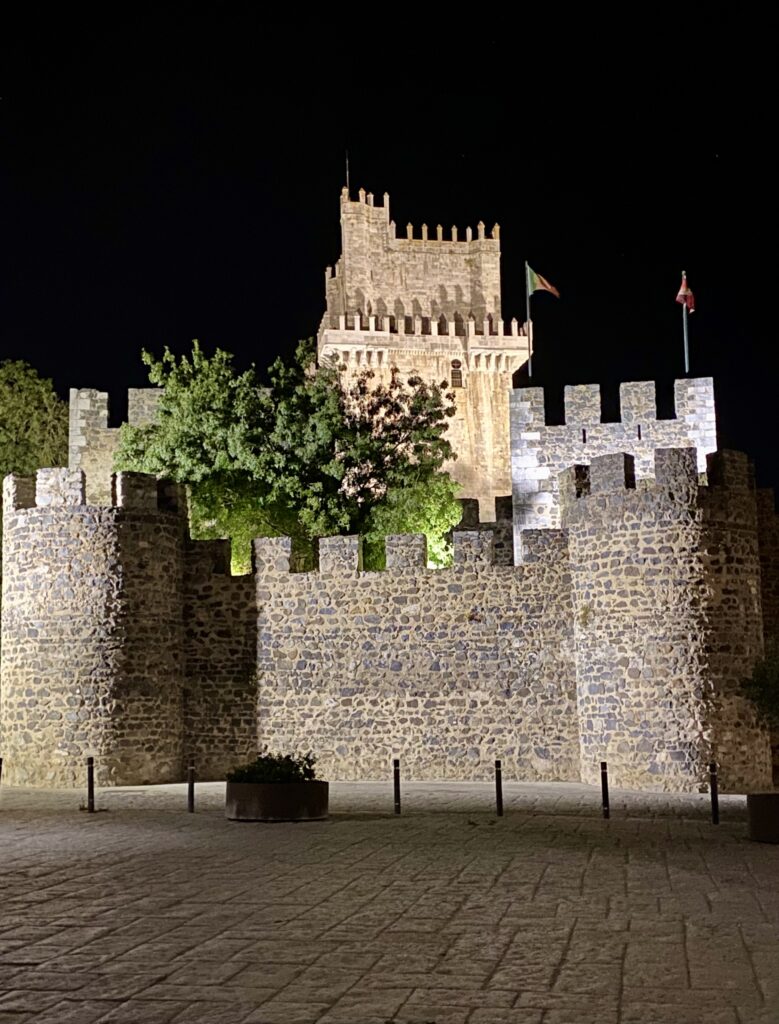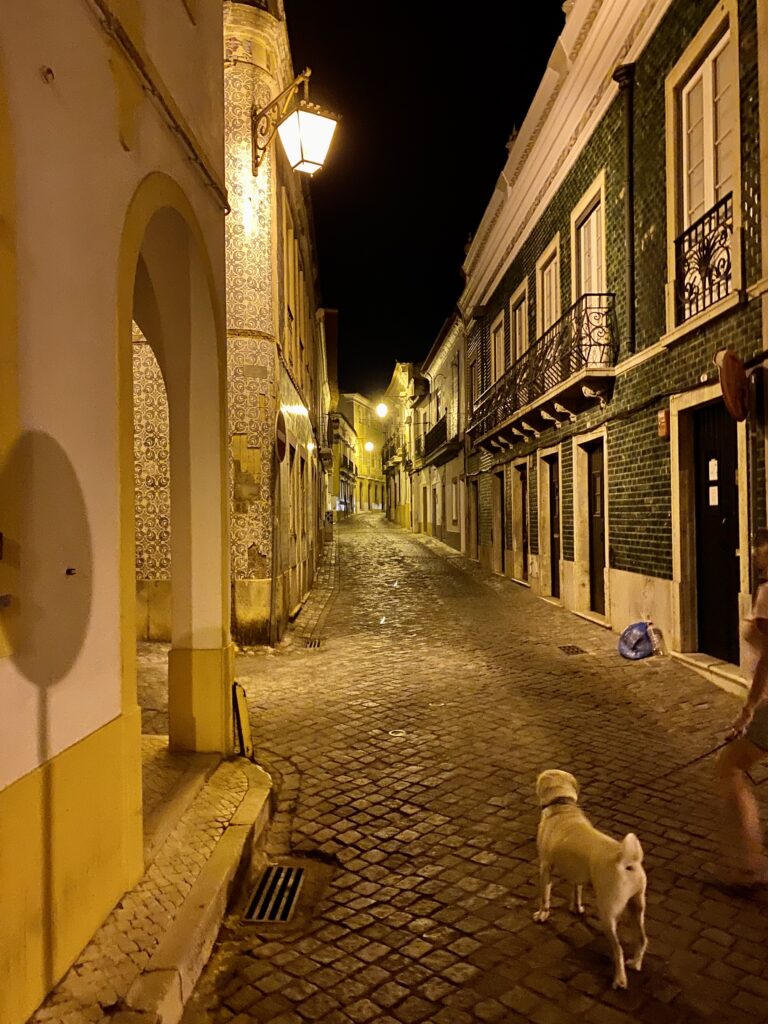Beja is fairly large as towns go in the Alentejo Region but during the period we were there it struck me as utterly quiet and almost sleepy. The municipal campsite manager who doubles as a local tourism officer recognises this and attributes it to the summer heat and the fact that a large proportion of locals head for the coast during the August holidays. He loves this time of the year; I kid you not.
There’s been a settlement here since at least the Bronze Age and in the 1st century under the Romans, it became known as the regional capital of Pax Julia, after the peace treaty imposed by Julias Caeser on the Lusitanian tribes who had previously ruled the area. The town grew greatly under Roman and then Moorish occupation and further still when the Portuguese Royal Family moved their court to the Alentejo Region during the 1600’s. This diverse history is reflected in the many archaelogical sites and museums to be found in the area.
Nowadays the town appears to be largely of Medieval origin. The lanes and squares are full of tradional whitewashed Portuguese houses (and just as in nearby Evora they are almost all edged in yellow) and interesting historical buildings and/or monuments which just drag you in.
There are a great many museums to be found in Beja old town including, the Museu Jorge Vieira, Museo Botanico, Museo Episcopal de Beja, Museo Visicotico (in the St Amaro Church) and my favourite (by a long way) the Musea Rainha Dona Leonor – the Queen Leonor Regional Museum.
The ‘Queen Leonor’ was moved to the 15th century Convento da Conceicao (the Convent of the Immaculate Conception) in 1927 although, at least part of the building served as a museum for some considerable time before then. In terms of architecture and furnishings, this museum is truly breath taking. There is a wealth of artistic heritage on display. Particularly stunning is the tiling, some of which dates from when the Convent was first inhabited (i.e. when the first nuns arrived – forgive the pun) in 1473. You have to see this place to fully appreciate azulejos tiles.
One of the nuns who lived in the convent during the 17th century is alleged to have written Cartas Portuguesas (Portuguese Letters), the scandalous 17th century love story about a nun and a French soldier. Not sure about that. The book was supposedly written by Mariana Alcoforado and there was a nun named Mariana Alcoforado living in the convent at that time but … really?
I didn’t have the time to enter all of Beja’s museums but if you are to visit just one, I would recommend the Musea Rainha Dona Leonor.
And then it was on to what at one time was the 4th century Castelo de Beja and it’s beautiful 1310 Keep, the “Torre de Menagem”. The Keep is made entirely of marble and at 40 metres high is the tallest Keep of any across the whole Iberian Peninsula. It’s an impressive tower with views to match (but to enjoy those you first have to negotiate a rather narrow spiral staircase). It is worth it (and entry is free).
From the top of the keep there are excellent views both over the town and the surrounding very flat countryside and this, in part, explains why the castle saw so much conflict in the wars between the Moors and the Christians.
Given how hot the summers are in Beja I was surprised at how fertile the local countryside appears to be. In addition to large olive groves and cork plantations (which are to be expected in this part of the country), there are large vineyards and huge fields of wheat. One or two interesting facts regarding the cork groves that I would share: First, 50% of the worlds entire cork production is harvested in the Alentejo Region. Second, cork trees cannot be harvested until they are at least 25 years old and, as a result, cork groves tend to be superb habitats for wildlife. Third, the extraction of the cork causes absolutely no harm to the tree which continues to grow and actually produces more cork to replace that which is lost. Fourth (and sadly) this self-sustaining crop is under threat because the growth in plastic and screw-top wine stoppers is forcing many farmers to rip up the cork groves for more viable crops (and destroying ancient habitats in the process).
I’m now about two weeks behind with my blog entries and I am therefore going to cut this one short now and simply end with a few more photos which I took when Vanya and I returned to the old town after dinner…
Hey, but I forgot the food and wine. We had a laugh that night; not least because, after enjoying some wonderful Hor d’oeuvres (Serrano Ham, Olives & Garlic Bread) and a very tasty Shrimp Mayonnaise, I ordered what I thought was a (veal) Wiener Schnitzel and received instead a doorstop size veal sandwich. My Portuguese really is bad. No matter, the Port was very good.


